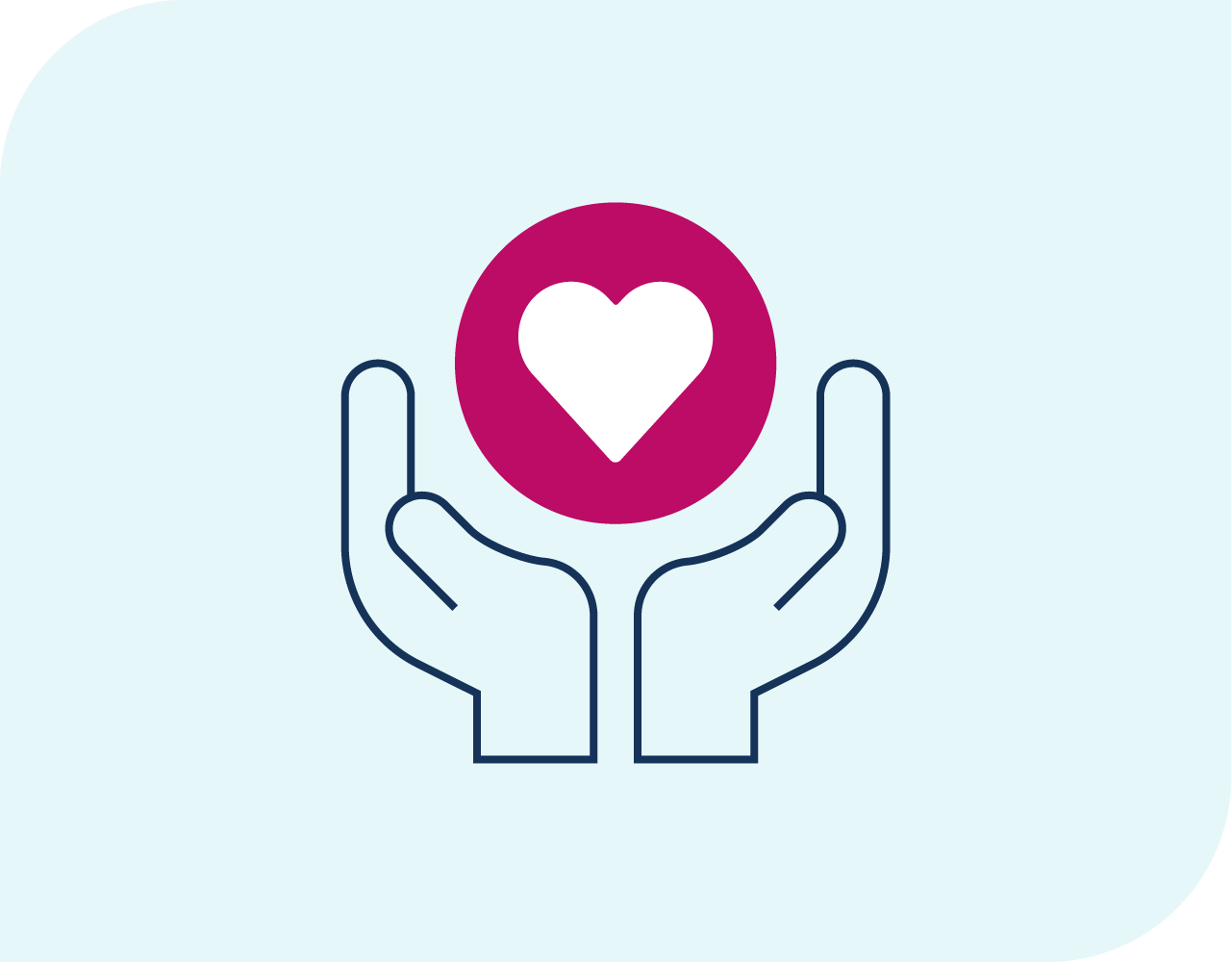About Substance Use Disorder
- Substance use disorder (SUD) is a medical condition that affects a person’s brain and behavior and can lead to an inability to control the use of certain substances. These may include illegal drugs, such as heroin and cocaine, or the misuse of legal substances: both those that are approved and regulated by the U.S. Food and Drug Administration (FDA), like alcohol and tobacco, and those that are not approved or regulated by the FDA, like kratom.
- Substance use disorders can impact many aspects of a person’s life, including mental and physical health, relationships, and their ability to balance responsibilities at work, school, and home. While substance use disorders can be serious, and in some cases life-threatening, they are treatable health conditions, and recovery is possible with the right support and care.
Causes of Substance Use Disorder
- There are many factors that may contribute to an individual’s substance use disorder, including:
- Genetics
- Psychiatric conditions
- Social pressures
- Cultural norms
Signs of Substance Use Disorder
- Substance use signs vary among individuals, but symptoms include:
- Ongoing drug or alcohol use that interferes with daily responsibilities
- Spending a lot of time getting, using, and/or recovering from drug or alcohol use
- A strong desire to use drugs or alcohol
- Continuous use of drugs or alcohol despite it causing physical, psychological, and/or social problems
- Stopping or reducing daily activities due to drug or alcohol use
Substance Use Disorder Treatment
- Treatment options for substance use disorder include therapy, supportive housing, peer support, medication, and more. People experiencing signs of substance use disorder should talk to a healthcare professional about the treatment that’s best for them. Treatment for substance use disorder is based on several factors, including the type of substance a person is using, the extent of their symptoms and dependence, and their age and overall health.
Source Unless Otherwise Noted: Substance Use Disorder | Johns Hopkins Medicine
About Harm Reduction
- Harm reduction refers to interventions that lower the risk of harm that comes with using drugs. At their core, harm reduction programs work to destigmatize substance use disorders and support individuals on their road to recovery.
- Examples of harm reduction tools include:
- Naloxone kits (used to reverse an opioid overdose)
- Free syringes and sterile injection equipment (prevents use of contaminated syringes)
- Fentanyl test strips (used to detect and ultimately address the presence of fentanyl in a person’s system)
- Harm reduction interventions can often be found in a community’s central locations, including health clinics, places of worship, public transportation hubs, and food banks.
The Impact of Harm Reduction Programs
Harm reduction programs have proven effective at helping individuals avoid many of the dangers caused by substance use disorders.
- Harm reduction prevents death. By reversing the most serious effects of drug use and detecting when a drug may have been laced with a lethal substance (like fentanyl), harm reduction programs reduce the risk of death among people with substance use disorders.
- Harm reduction reduces the spread of diseases. When people have access to sterile equipment (such as sterile syringes and smoking equipment), they are less likely to use contaminated equipment and spread diseases such as HIV, hepatitis B, and hepatitis C.
- Harm reduction is often a first step to treatment for substance use disorders. Harm reduction programs that are visible and accessible within a community often reach people who otherwise could not or would not seek treatment for their substance use disorder.
Source Unless Otherwise Noted: What is Harm Reduction? | Johns Hopkins Bloomberg School of Public Health

